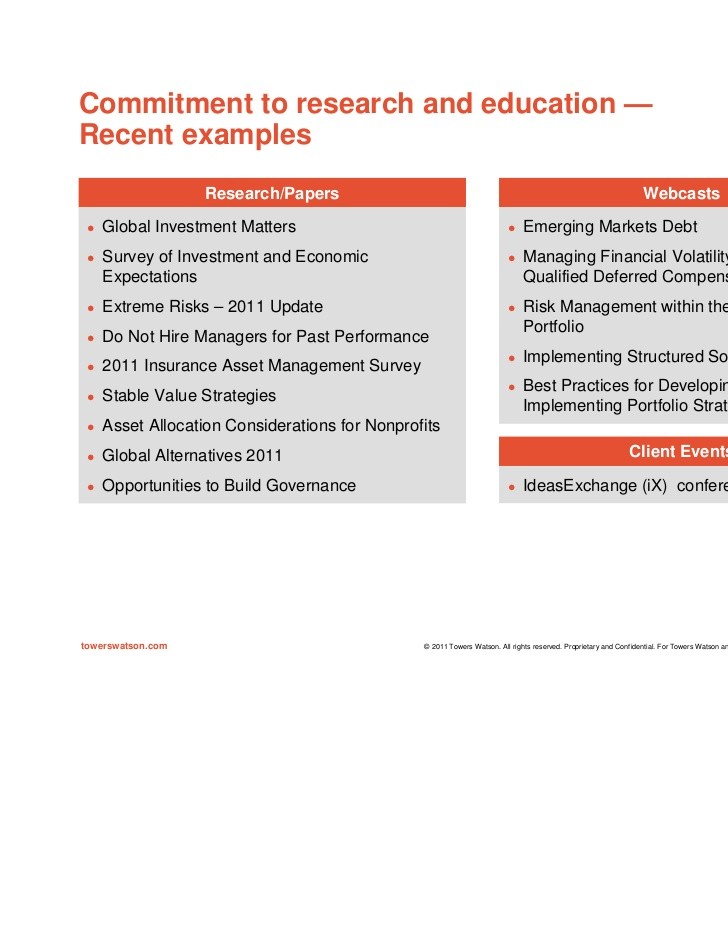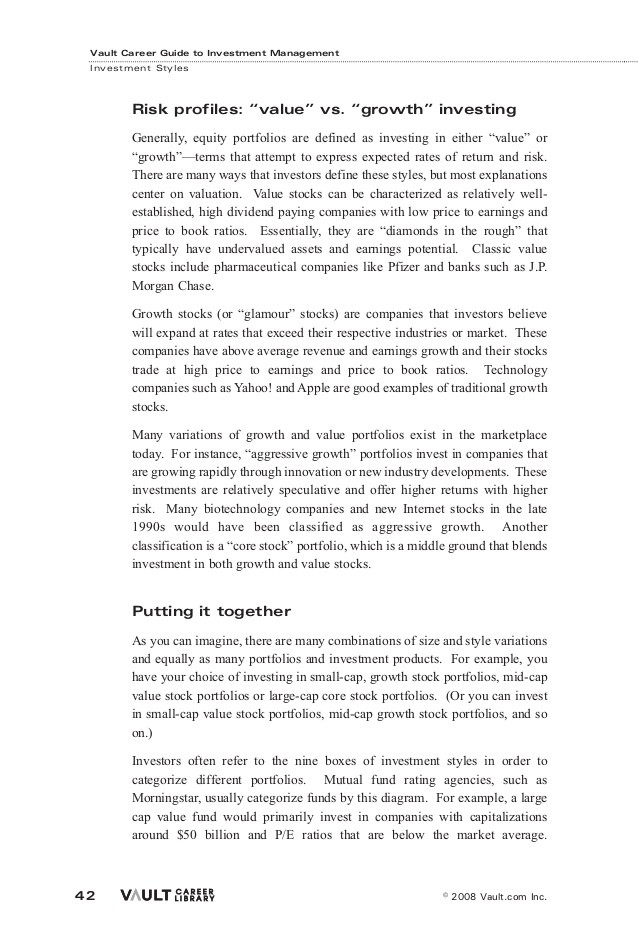Top Down V Up Style of Investment Analysis Risk Versus Research Desk Perspectives
Post on: 9 Декабрь, 2015 No Comment

Top Down Vs. Bottom Up Style of Investment Analysis: Risk Versus Research Desk Perspectives
In the field of Investment Risk and Research Analyses, the research / risk analyst has to make a choice between two asset selection and / or allocation approaches. First approach is referred to as the Top Down Analysis and the second is its opposite, the Bottom Up Analysis .
Firstly what is the difference between allocation and selection?
Great deal of differences exist in real terms.
Allocations are made after selections are done. Simple.
In Portfolio Management the investment selection and allocation processes are inextricably linked with one another.
Some academics and practitioners dont even distinguish between the two phases (stages) of Investment Portfolio Management. May be because both selection and allocation are considered to be the same stage with huge overlapping in terms of trader semantics.
So how would you describe the Investment Research and /or Risk Methods employed to select asset classes in financial markets.
How would a Financial institution go about doing this ?
Ideally a Six-step modus operandi is followed by all Investment Research Analysts/Financial Risk Managers at leading Investment Companies (NBFIs) and Retail Banks.
Step 1: Asset Screening / Scanning Strategy from a demarcated universe of asset class/es (Which assets shall be excluded or included within an investment portfolio based on certain quantitative parameters such as Altman Z scores, Betas, duration, VaR, Tracking Error, RAP-Ms etc.).
Step2: Asset Selection Strategy (Decision to accept or reject assets)
Step3: Asset Allocation Strategy (Assigning weights within the portfolio)
Step4: Asset Trading Strategy ( This is the holding and liquidation strategy stage. which develops an entry and exit framework for all asset class/es over selected investment horizon/s )
Step5: Asset Performance Analyses and Review Strategy ( to develop risk-adjusted return performance measures to analyze the contribution of the ith asset/s to the Nth Portfolio/s)
Step 6: Asset Re-balancing Strategy (A decision is made by the fund manager to further add or remove the previously selected asset class/es within the portfolio/s)
HOWEVER A word of caution please.
I know MBA grads wont forgive me for repeatedly using the word strategy with each aforementioned stage.
We all know that in the lexicon of Management Sciences the words Strategy, Philosophy, Policy, Goals, Objectives, Procedures, Best Practices, Guidelines and etc. may have different connotations (in an applied sense) from one another.
So to aptly describe our best blogging and coaching intentions, we have used the term STRATEGY => (as this implies, putting words and thoughts into REAL Action).
In the Financial World it implies that we are translating our endless paper work and our mathematical model numbers into real decision-making irrespective of whether we are undertaking BOTTOM-UP or TOP DOWN ANALYSIS.
Hope that settles it! . ![]()
Now going back to the main theme.
Well we have a style choice as you know.
Research and /or Risk Analyses can be done using 2 different schools of thoughts as discussed above. Each school of thought is accompanied by a plethora of Econometric Models, Industry Standards, Regulations and other set academic requirements which makes the entire investment analysis modality seem a bit gruesome task ( next to impossible for non professional investor).
No wonder, most of us, spend thousands of dollars at some of the leading US based IVY League MBA programs and the British Red Brick Business Schools to get our fancy degrees in Finance and Economics ![]() .
.
But what we probably never learn at the best business school is the difference between Research and Financial Risk Management Professions.
That line has to be drawn in this blog.
I am sure had Wall Street known the difference, there would have been no Global Credit Crises back in 2007!
this is my view which you may challenge again and again.
But I stand firm on the following issues!
- Risk Manager who undertakes Investment Analyses should focus on the Downside Potential (financial risks translated into losses)
- The Research Manager who undertakes Investment Analyses should focus on the Upside Potential (Alpha/Beta factors translated into positive returns).
- Both Risk and Research (i.e. If they exist independently in a firm) should not be encouraged to do the same job.
- Otherwise why have two distinct departmental entities in an office. Avoid replication of work. This may also create several operational risks for those managing the Investment Process on the trading floor.
Hence TOP DOWN or BOTTOM UP Investment Analysis of proposals will be done differently by both the Risk and Research Managers. The flow will generally be the same but the thinking mindset and concepts applied will be contrasting to one another.
We shall discuss that in the paragraphs below.

IN TOP DOWN STYLE OF INVESTMENT ANALYSIS :
- Analyze the Macro-economy (Headline Inflation, GDP Growth, OutPut Gaps, Real Wages, Employment, Consumption, Investment, Production, International Trade, Accelerator and Multiplier Effects, Fiscal Policies, Monetary Policies such as: Exchange rates, Interest rates, and Money Supply Trends, Balance of Payments Position, Fiscal and Current A/c Deficits etc.) and its Micro-economic foundations.
- Analyze the Asset Class/es Performances and its Trading Market Micro-structures in general terms.
- Analyze the Sector / Industry.
- Analyze the Firm and its Business Model.
- Analyze the Fundamental Aspects of Listed or Non listed Financial Security using Book Value, Required Rate of Returns, Price to Earning Multiples, Consensus and Trend Valuation Forecasts, Pre-Tax and Post-Tax Earning Records, Dividend History, Yield to Maturity/Call/Worst (for bonds and other Fixed Income securities). Free cashflow Worksheet, EBITDA, EBIT and so on etc.
- Analyze the Technical Aspects of a Listed or Non-Listed Financial Security. This may include Charts, Scatter Trend Lines, histograms, Elliot Waves and so on etc.
- Any other Quantitative Method of analysis which allows the analysts or the risk manager to conclude whether a security meets or does not meet the set risk and reward acceptance criteria.
The Bottom-Up Style of Analysis is completely the opposite. You start with analysis of the Financial Security and end up analyzing the entire Macro-economy and other related Macro variables.
Just a difference in style! right.got that.
But but but. hold your horses!
The Risk Manger ought to be developing the Risk Matrix whilst undertaking a top down or bottom up analysis. His or hers job is to find and highlight risks (Downside Potential) as he or she moves on from one stage to another!
Hence the risk unit ought to highlight the Credit, Market, Liquidity, Operational, Event, Legal and Other Risky threats that are involved in the overall investment decision-making process.
Also the Risk Manager should ideally show the Unexpected Loss Potential and Extreme Tail Loss Severity of each Investment Accept or Reject Decision, irrespective of whether they are using the Bottom Up or Top Down Investing Rules!
Please do note, that its not the job of a risk manager to show the upside potential in the first case! Avoid this sin to avoid methodical confusion. Ostensibly the risk desk should ALWAYS show the Negatives — first and leave the Positives + to the Research Unit.
RIGHT. ![]() Hope no disagreements.
Hope no disagreements.
The Research Manager on the contrary ought to be developing the Reward Matrix whilst studying the Fundamentals such as the Market Timing Points, Earning Multiple Forecasts, Dividend Yields, Macroeconomic and other Upside Potential Trends to enhance the potential to maximize trader profits by adding an asset class/es to a particular portfolio of investments. His or hers job is to find and highlight Positive Financial (Return) Contributions and market out performance factors, as they move on from one stage to another!
Hence this unit should always be presenting the Positives + first and not the Negatives -.
Hence by choice of profession, a Research Manager tends to be Bullish in his judgements and on the contrary a Risk Manager tends to be Bearish for reasons explained above. Thats the nature of their Job Description Personality, which SHOULD NEVER be the same in my judgement.
Such state of confusion may exist between Risk and Research Management Desks, as also seen in many institutions and that tends to harm the entire investment decision-making process due to inefficient applications of data and market intelligences used for undertaking proposal analysis.
Hence the Punch line is that the Research and Risk Desks should not mix up their roles with one another when analyzing an asset class/es using either of the two investing methods! ..
- The last call on incurring the Risk of Loss Severity belongs to the Risk Desk !
- The last call on earning the Promise of Profitability belongs to the Research Desk!
But whose final call will it it be? Ideally none of the aforementioned
Let the IC Investment Committee have the last say on all Investment Accept OR Reject Decisions using either of the two approaches (Bottom-Up or Top Down). The IC has to put its foot down and analyze all model analytics and arguments, phase-wise (presented by both Research and Risk Desks) in an exhaustive manner!
Hence we shall expect any senior management to always incorporate both downside and upside inputs before signing-off authorizations with respect to investment approvals.
The best they can do is to keep the two (Risk and Research Desks) apart from one another by developing proper SOPs-(Standard Operating Procedures).
Thats my humble submission to all responsible FIs.
Take care until we meet again to discuss another contemporary issue in the life of a risk manager.
Hope you can give me your opinion as always.
en.wikipedia.org/wiki/Investment_banking ) to further improve your understanding of roles of different departments that generally exist in a Financial Institution such as an Investment Bank.














